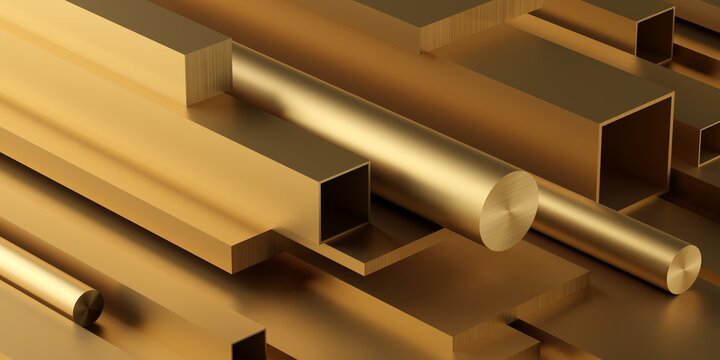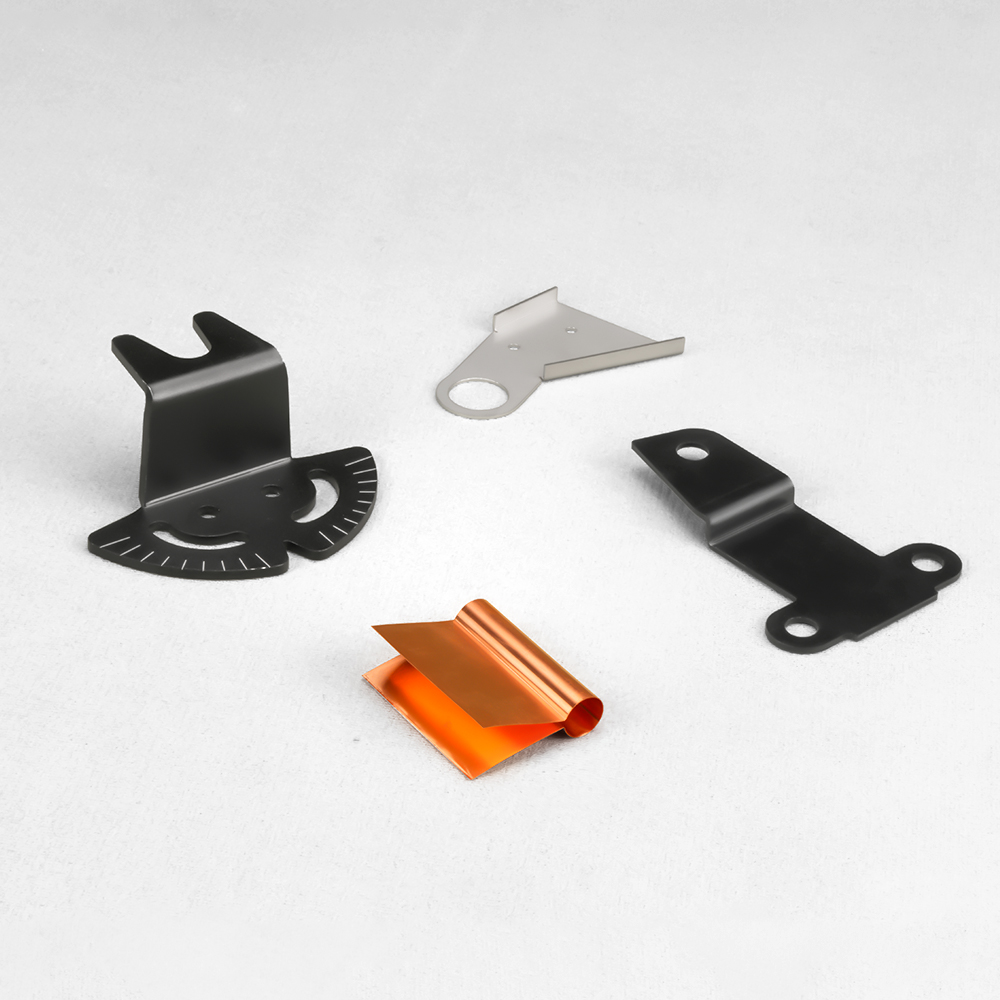Modernization Driving Innovation in the Sheet Metal Fabrication Industry+ View more
Modernization Driving Innovation in the Sheet Metal Fabrication Industry
+ View more
Date:2023-12-27 16:00
Introduction
The sheet metal fabrication industry is experiencing a wave of modernization that is driving innovation and transforming traditional manufacturing processes. With advancements in technology and changing market demands, businesses are finding new ways to enhance productivity and unlock new possibilities in sheet metal fabrication. In this article, we will explore how modernization is fueling innovation in the sheet metal fabrication industry and revolutionizing the way products are manufactured.

- Automation and Robotics
Automation and robotics have emerged as game-changers in the sheet metal fabrication industry. By incorporating automated systems such as robotic arms and computer numerical control (CNC) machines, manufacturers can streamline production processes and improve efficiency. These systems can perform repetitive tasks with precision and speed, reducing cycle times and increasing productivity. The use of robotics in welding, cutting, and bending operations has significantly improved accuracy and consistency, resulting in higher-quality fabricated parts.
- Advanced CAD/CAM Software
The integration of advanced computer-aided design (CAD) and computer-aided manufacturing (CAM) software has revolutionized the sheet metal fabrication industry. These tools enable designers and engineers to create intricate designs, generate accurate 3D models, simulate manufacturing processes, and optimize production operations. With the ability to detect potential design flaws and analyze material behavior, CAD/CAM software minimizes errors and reduces waste. It also facilitates efficient nesting of components on sheet metal, maximizing material utilization and reducing costs.
- Laser Cutting Technology
Laser-cutting technology has emerged as a transformative force in the sheet metal fabrication industry. By utilizing high-powered lasers, manufacturers can achieve precise cuts through various metals with minimal heat transfer, resulting in clean and accurate edges. Laser cutting offers flexibility in terms of material thickness, shapes, and contours, enabling the creation of complex parts with ease. This technology has improved speed, reduced setup time, and eliminated the need for additional finishing processes, enhancing overall productivity.
- Additive Manufacturing (3D Printing)
Additive manufacturing, commonly known as 3D printing, is making significant inroads in the sheet metal fabrication industry. This innovative technology allows for the creation of complex geometries and customized components with unprecedented speed and accuracy. It eliminates the need for traditional tooling, reduces material waste, and enables rapid prototyping. While additive manufacturing is still evolving for sheet metal applications, it shows great potential for producing small-batch or specialized parts efficiently.
- Integration of IoT and Data Analytics
The modernization of the sheet metal fabrication industry extends beyond the shop floor, with the integration of the Internet of Things (IoT) and data analytics. IoT devices embedded in machines can collect real-time data on performance, maintenance needs, and energy consumption. This data can then be analyzed to optimize production processes, identify bottlenecks, and improve overall efficiency. Predictive maintenance algorithms using machine learning techniques can also reduce downtime and increase equipment lifespan.
Conclusion
Modernization is driving innovation in the sheet metal fabrication industry, revolutionizing traditional manufacturing processes and opening up new possibilities. Automation and robotics, advanced CAD/CAM software, laser cutting technology, additive manufacturing, and the integration of IoT and data analytics are transforming the way products are designed, fabricated, and delivered. Embracing these advancements allows businesses to streamline operations, reduce costs, improve quality, and meet the ever-evolving demands of the market. As the industry continues to modernize, it is essential for companies to stay at the forefront of innovation and leverage these technologies to maintain a competitive edge
Share to:
Recommend wonderful blog posts

